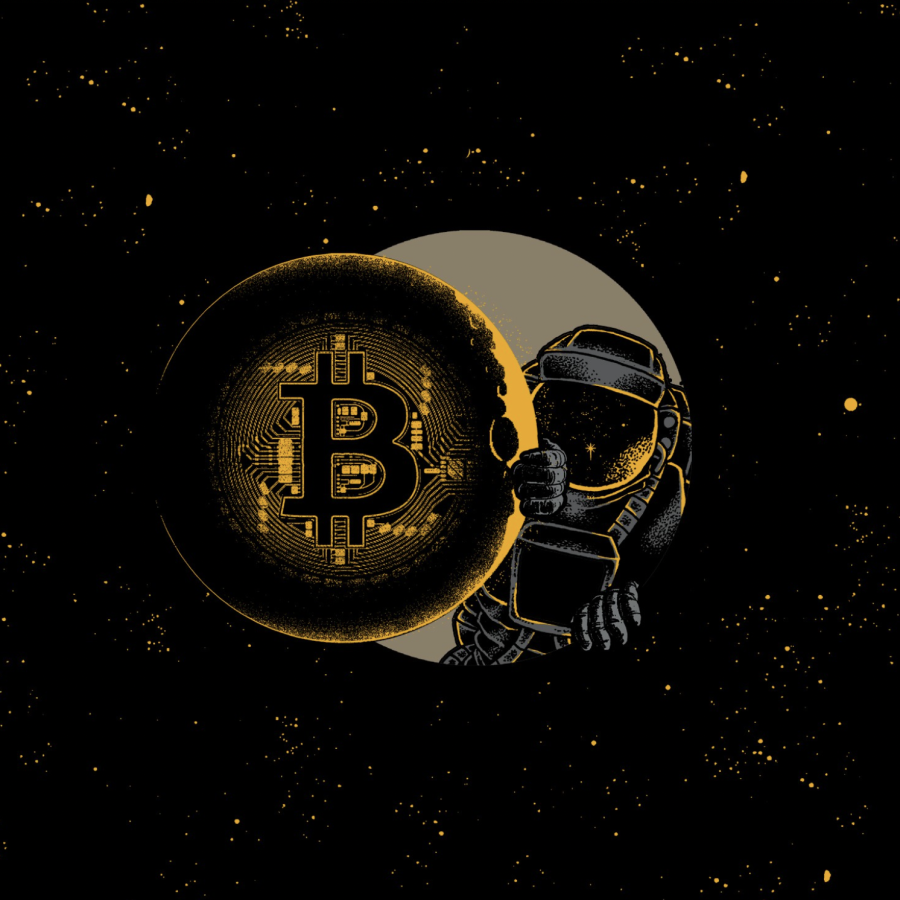What is crypto currency?
The so-called days of modernity… The centralization of money and associated values to a currency is soon shifting to become a contemporary concept. Bartering is no longer in the modern vocabulary, and banks will soon be put out of use.
But first, let’s take a step back – as technology has improved even further, we have now found more convenient ways to store our “stuff” than the traditional paper note or currency – When I buy a new book from Amazon, my bank (or, I should say parents’ bank) has a ledger that records; “Mohan has $10.00 less in her bank account, and Amazon has $10.00 more.”
Cryptocurrency is seen by many people as “the most convenient era of exchange. Ever.”
The way to think about cryptocurrency is – It is 100% virtual. No paper, no gold coins, no silver – It is the transfer of digital assets. To truly understand cryptocurrency, we must understand the core concept of the ledger: Think of it as a running spreadsheet keeping a record of “who” transfers ‘what’ to ‘who.” Instead of multiple banks keeping records, with crypto, there is just one large spreadsheet doing all the processing: A ledger. Instead of various banks keeping these transaction records, multiple ledgers do, which leads me to the next point.
Cryptocurrency is decentralized. While every transaction is recorded in the central ledger, anyone who is part of the network can have a copy of the ledger. You might have heard about cryptocurrency mining or Bitcoin mining? Yes?
Mining is when someone sets up a computer to essentially record or crunch through all the transaction data on their copy of the ledger. The reason people do it? People who dedicate their computers to processing all this data will receive monetary compensation in cryptocurrency. So, if I spend 10 Bitcoins at a store, these ledgers would have to verify I have enough to proceed with the transaction; these computers would then give me the go-ahead and update all the spreadsheets. Because we have multiple ledgers, it becomes extremely easy to tell if something is going wrong.
But you may be wondering, So what?
Well, the perk of crypto is you don’t need banks. Everything is run by the ledgers; you can make international transfers almost instantly without worrying about exchange or interest rates.
Now we know about ledgers, but what exactly is cryptocurrency?
Cryptocurrency is a set of algorithms secured by cryptography, more commonly known as end-to-end encryption. An example of this is BlockChain. Blockchain is a specific type of ledger, not a currency or a coin. Blockchain is a way of organizing these transactions, well… into blocks. Blockchains contain 1) a transfer amount. 2) Hash code: the unique identifier. 3) a previous hash code: the last transaction that was recorded. All these factors together make up a secure transaction process.
Now, cryptocurrency has many trade-offs like the possibility of hacks, volatility, accessibility, usability, and most importantly, safety. Crypto-currency may be the future but with a lot of drawbacks. The introduction of a digital currency replaces the traditional pound, dollar, and euro values. Bitcoin, Ethereum, Litecoin, and Ripple are increasingly becoming mainstream.
Many see the future as an open traceable transaction.


